Cornwall, W. 2018. “Natural gas could warm the planet as much as coal in the short run.” Science. June 21. https://www.science.org/content/article/natural-gas-could-warm-planet-much-coal-short-term.
Drax. 20219. Press release: “Drax sets world-first ambition to become carbon negative by 2030.” December 10. https://www.drax.com/press_release/drax-sets-world-first-ambition-to-become-carbon-negative-by-2030/.
Dwivedi P, Khanna M, Bailis R, Ghilardi A (2014) Potential greenhouse gas benefits of transatlantic wood pellet trade. Environmental Research Letters. 9(2): 024007 (11 pp).
Elbein, S. 2020. “Slow Burn: Europe Uses Tons of NC Trees as Fuel. Will This Solve Climate Change?” Pulitzer Center. January 3. https://pulitzercenter.org/stories/slow-burn-europe-uses-tons-nc-trees-fuel-will-solve-climate-change.
Favero, A., Daigneault, B., and Sohngen, B.L. 2020. “Forests: Carbon sequestration, biomass energy, or both?” Science. March 25. 6(13),6792. https://www.science.org/doi/10.1126/sciadv.aay6792.
Golombek, R., Lind, A., Ringkjøb, H. K., & Seljom, P. 2022. “The role of transmission and energy storage in European decarbonization towards 2050.” Energy. January 15. https://www.sciencedirect.com/science/article/pii/S0360544221024075.
Kanieski da Silva, B., Cubbage, F.W., and Abt, R.C. 2019. “Structural changes on Pulpwood Markets in the US South: Wood Pellet Investments and Price Dynamics.” Forest Science 65(6):675-687. https://academic.oup.com/forestscience/article/65/6/675/5556833.
Kim, S. J., Baker, J. S., Sohngen, B. L., and Shell, M. 2018. “Cumulative Global Forest Carbon Implications of Regional Bioenergy Expansion Policies.” Resource and Energy Economics. 53:198-218.
Lark, T.J., Hendricks, N.P., Smith, A, Patese, P., Seth A., Lee, S., Bougie, M., Booth, E.G., Kucharik, C.J., and Gibbs, H.K. 2022. “Environmental outcomes of the US Renewable Fuel Standard.” Proceedings of the National Academy of Sciences. February 14. 119(9):8pp. https://doi.org/10.1073/pnas.2101084119.
Lubowski, R.N., Plantinga, A.J., and Stavins, R. 2008. “What Drives Land-Use Change in the United States.” Land Economics. November. University of Wisconsin Vol.84, No. 4. Pp. 529-55 https://www.jstor.org/stable/27647846.
Miller, S. 2021. “The Millions of Tons of Carbon Emissions That Don’t Officially Exist.” The New Yorker. December 8. https://www.newyorker.com/news/annals-of-a-warming-planet/the-millions-of-tons-of-carbon-emissions-that-dont-officially-exist.
Searchinger, Timothy et al. 2008. “Use of U.S. Croplands for Biofuels Increases Greenhouse Gases Through Emissions from Land-Use Change.” Science. February 29. 319(1238-1240) https://www.science.org/doi/10.1126/science.1151861.
Searchinger, Timothy, et al. 2009. “Fixing a Critical Climate Accounting Error.” Science 326(5951):527-528. DOI: 10.1126/science.1178797
Additional Reading
Abt, R., Abt, K.L., Cubbage, F.W., and Henderson, J.D. 2010. “Effect of policy-based bioenergy demand on southern timber markets: a case study of North Carolina.” Biomass and Bioenergy. 34, 1679– 1686.
Abt KL, Abt RC, Galik C. 2012. “Effect of bioenergy demands and supply response on markets, carbon, and land use.” Forest Science. 58, 523– 539.
Galik, C., and Abt, R. 2015. “Sustainability guidelines and forest market response: an analysis of European Union pellet demand in the southeastern United States.” GCB Bioenergy 8(3):658-669.
Khanna, M., Dwivedi, P., and Abt, R. 2016. “Is Forest Bioenergy Carbon Neutral or Worse Than Coal? Implications of Carbon Accounting Methods.” International Review of Environmental and Resource Economics. 10:299-346.
Lubowski, R.N., Plantinga, A.J., and Stavins, R. 2003. “Determinants of Land-Use Change in the United States: 1982-1997.” Discussion Paper 03-47. Resources for the Future. Washington, DC.http://www.rff.org/Documents/RFF-DP-03-47.pdf
Stafell, Ian, 2017. “Measuring the progress and impacts of decarbonized British Electricity.” Energy Policy. 102:463-475 http://dx.doi.org/10.1016/j.enpol.2016.12.037



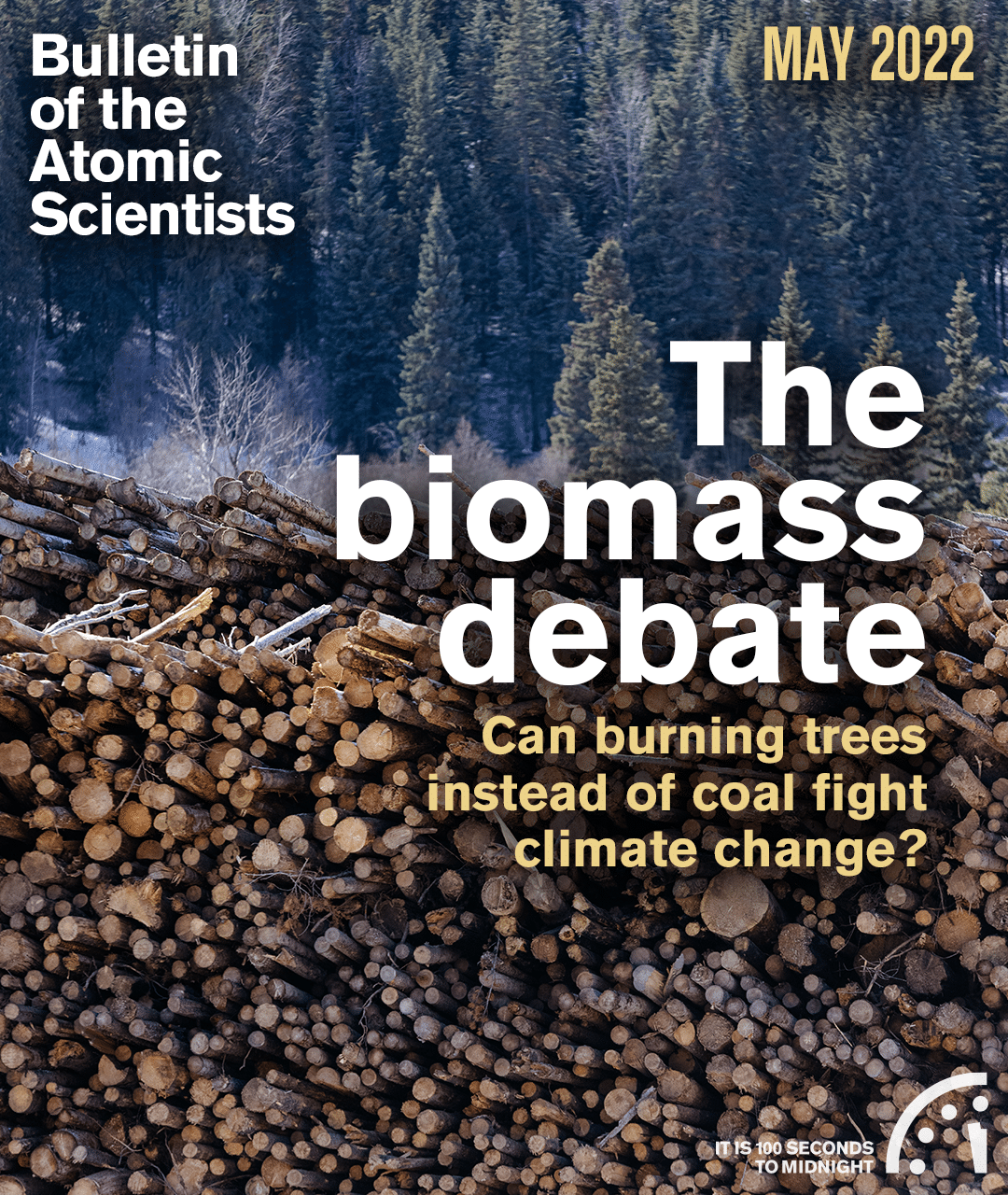
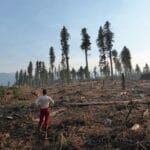

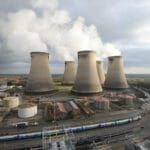



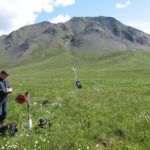

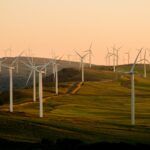











I’m a proponent of the use of biomass, especially wood gasification for more than 50 years.
Mainly for the combined production of electricity and heat.
Lately, it becomes more and more the link between the intermittent sources of solar and wind energy production.
Keep up the good work, except do not promote more nuclear energy production. We have already over 1600 metric tonnes of highly radioactive waste, on this earth, and nobody has a real solution to what to do with it, for the next 100 000 years.